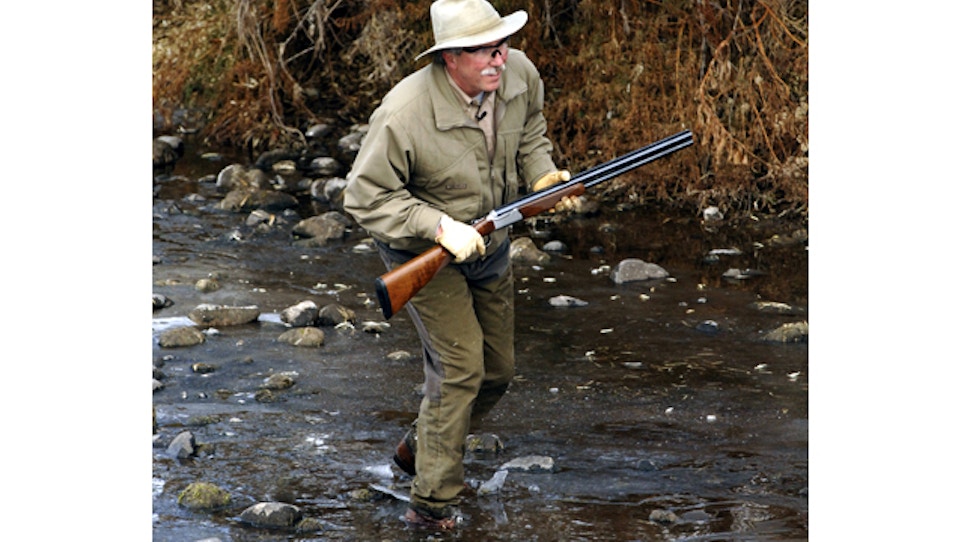"Walk This Way" is more than an iconic rock tune (the original version by Aerosmith). Ambulating with some care husbands your precious energy and may save a trip to the emergency room. Where I hunt in the darkest spot in the lower 48, I am the farthest anyone can get from a hospital in the contiguous U.S. That's a good enough reason to think before I step.
It starts with minimizing the strain on thigh and calf muscles by stepping over, not on top of, logs and rocks. Each upward stride is like climbing stairs, taxing some of the largest muscles in your body and lifting virtually your entire body's weight each time you summit a downed tree.
I learned this fly fishing but even on dry ground its useful advice: If you must negotiate a boulder field or rocky slope, you're safest stepping to the low spots between rocks. You have less chance of twisting an ankle or breaking a femur because you're carefully, deliberately putting your feet where they'd go the hard way in a mishap. And by not "topping" rocks, whether they're securely anchored or loose as bowling balls is immaterial to your delicate bones and joints.
On steep uphills conserve energy with the slight rest your muscles get as you lock your knee at the apex of each step. Your legs' skeletal structure supports your body weight for a microsecond, giving oxygen-rich blood a chance to flow back into relaxed muscle tissue. For some reason I tend to stomp on each uphill step, adding injury to the insult of taunting chukars above me. I'm learning to step lightly instead.
A long day weaving among the trees and shrubs will feel shorter if you weave less. Even if it seems a bit out of the way, walking in longer straight stretches (fewer twists and turns) alleviates stress on hip and knee joints and the muscles that activate them. Over the course of a 10-mile hunt, you'll be pleasantly surprised at the absence of pain.
Finally, U.S. Army research convinced me that shortening your stride just a few inches is wise. Among recruits, it protects against hip and pelvic injuries. For we hunting civilians, too. As a bonus, on crusted snow you may find yourself "postholing" less.
At the end of the day, be sure to drink plenty of fluids if you neglected to on your hunt. Muscle cramps are often a consequence of dehydration and one of the most painful late-night "wake-up calls" you'll get.
Want more stories and videos? Check out the Scott Linden Outdoors Channel.






